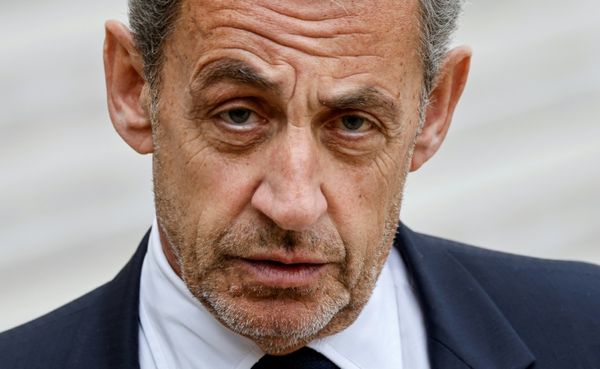
In Perth, the city’s three leading billionaires — Gina Rinehart, Kerry Stokes and Andrew Forrest — are indulging in a bit of financial oneupmanship that says a lot about Australia’s energy transition, as well as the negative or positive role the super-rich are playing in it.
Looking ahead
Media reports at the weekend suggest iron-ore billionaire Forrest likes the look of Chalice Mining’s world-class Julimar nickel, copper, platinum, palladium, gold and cobalt prospect northeast of Perth, and is trying to get his hands on a sizeable chunk held by former chair Tim Goyder. Goyder stepped down as Chalice’s chair 14 months ago and mid-year sold $30 million in company shares after buying a house in exclusive Peppermint Grove for $17 million.
Chalice’s Julimar prospect has massive potential in a world of accelerating renewable investment. A massive strike at Gonneville has revealed the biggest sulphide nickel find in the world this century and the biggest discovery of palladium, platinum and gold (called a 3E combination) in Australian history.
That might just be the start, however. Chalice has so far declared 350 million tonnes of ore at Gonneville, but has only explored around two to three kilometres of a 30-kilometre-long strike zone. Areas of possible mineralisation have been found to the northeast of Gonneville, and Chalice is about to release a higher resource figure in tandem with a study on possible ways to mine and process the ore.
It illustrates why Australia is well placed to ride the renewables boom with the same success as it rode the rapid development of China over the past two decades — except this time the United States is making a concerted effort to wrest control from China of mineral supplies crucial to battery technology. There’s some irony in Andrew Forrest, dear friend of China, looking to be Chalice’s new best friend.
Heads in the sand
If Julimar is the future of Australia’s extractive industries, two of Australia’s most right-wing billionaires, Gina Rinehart and Kerry Stokes, remain focused on the past, with the two currently engaged in a battle for control of Warrego Energy.
Stokes, via his 30%-owned Beach Energy, last week looked like he was coasting to control Warrego (which owns 50% of an onshore gas field called West Erregulla) with an agreed deal that had moved to a scheme of arrangement process. But on Thursday and Friday, Rinehart’s Hancock Energy came over the top with two quick cash offers for the company.
Warrego has yet to produce any gas from the field, but it can quickly be brought into production without fracking. Strike Energy holds the remaining 50% of West Erregulla, while Beach Energy holds 50% interest in the nearby producing Waitsia gas field, with Mitsui owning the other 50%. Control of Warrego would allow Beach Energy to undertake a merger of operations and create a bigger resource base for the project. There’s even been talk of a deal with Woodside to export gas through the LNG plant on the North West Shelf, presently controlled by Woodside via a swap of gas.
Hancock Energy also has a 49.9% shareholding in east coast gas producer Senex Energy and is the largest shareholder in Mineral Resources, whose subsidiary Energy Resources has a stake in another onshore WA gas player, Norwest Energy Ltd.
The bidding and counterbidding mean Warrego’s shares have doubled from around 14 cents a share, and Rinehart seems to have priced Beach Energy and Stokes out of the deal and a key position in the Perth gas market.
In contrast, Forrest, for all his bullshit, sees where the energy transition is going and understands that Australia — as with iron ore — can be a dominant player for decades to come.
The government talks about moving up the value chain and into areas like battery manufacturing, trading on the image of Australia as just a quarry for other countries’ more high-tech production. But the fact is, Australia’s iron ore mining sector — BHP, Rio Tinto and Forrest’s Fortescue Metals, with Rinehart’s Roy Hill mine a smaller follower — has been enormously innovative and often reflects best practice in high-tech areas like driverless vehicles (far more so than the US mining sector).
That expertise, and its attractiveness to investors, will help guarantee Australia a competitive advantage for decades to come, long after the gas has been switched off.







